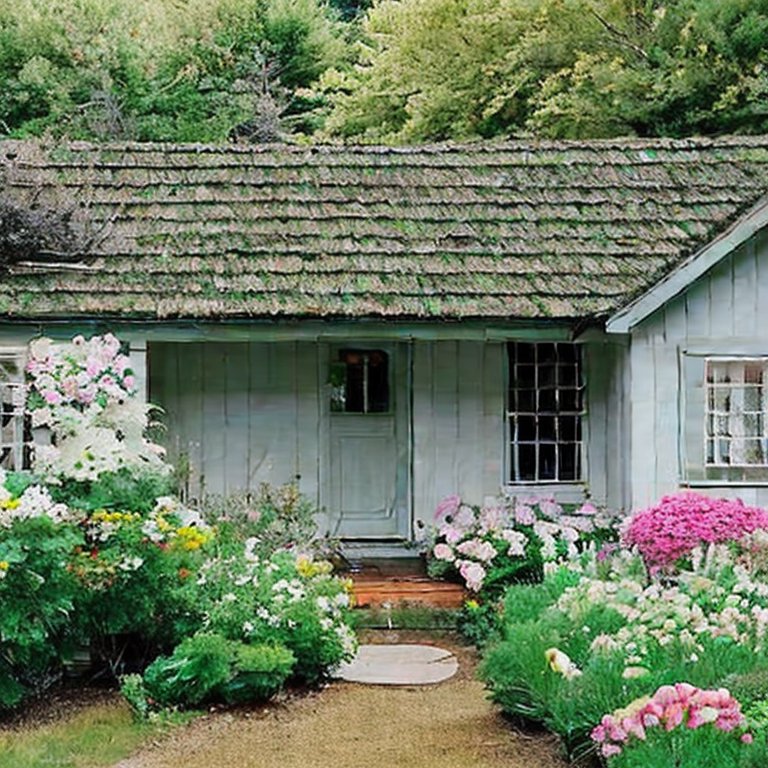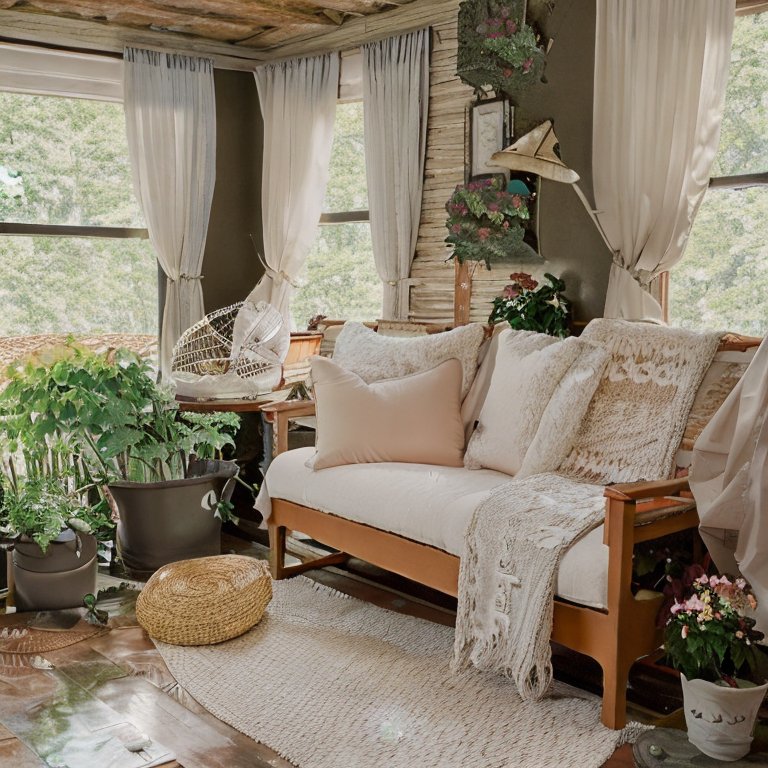The aesthetic genre of cottagecore is a type of fashion and design that favors rural, romantic, and dreamy aesthetics. It draws inspiration from the past and often features vintage clothing, floral prints, gingham patterns, ruffles, lace, and other feminine touches. It emphasizes comfort, nature-inspired elements (such as florals, plants, and forestry), and cozy, homey vibes. Cottagecore is often seen as a way to escape from the modern world and find peace in a simpler, more carefree environment.

Let’s examine how we got here…

Cyberpunk as an aesthetic genre is often seen as a reaction to technology, seeking refuge in a world of its own. It’s the idea that the future sucks, and if we reappropriate technology for unintended uses, we can find a way to be ok in a future that sucks. It’s a genre of dystopian fiction, focusing on the effects of technology on society, and often centered around hacking, artificial intelligence, virtual reality, robotics and cybernetics. This could be seen from the perspective of a hacker or outsider subculture trying to survive and flourish in a future where technology has taken over. Cyberpunk often focuses on themes such as rebellion against authority, fighting oppressive systems (including corporate control), and exploring alternative realities. It’s often set in a bleak future full of technological advances that have reshaped the world in unexpected ways. Cyberpunk can also be seen as a reflection of our current world, and a warning about the potential dangers that could come from unchecked technology, especially in the hands of powerful corporations.

Steampunk in contrast is a genre of fiction which draws inspiration from the 19th century industrial revolution. Steampunk incorporates elements of science fiction, fantasy and horror and often involves Victorian clothing and other styles combined with gadgets from a more advanced future. It is an aesthetic that celebrates the beauty of the past with a modern twist. Its themes often focus on technology powered by steam power, such as airships, trains, and futuristic cities. Unlike Cyberpunk, Steampunk does not typically focus on dystopia or oppressive systems; instead it asks the question of how the past dystopia of the industrial revolution could have changed with a sprinkling of advanced technology. How could some lucky few have leveraged that technology to try to be ok through the polluted cesspit the industrial world was becoming.
The same author (William Gibson) who created the cyberpunk genre with Neuromancer also created the steampunk genre with The Difference Engine. In it, he asks us to look at the Cyberpunk arguments of Neuromancer through the lens of history whereas Neuromancer asks us to look at the arguments through the lens of the future.

Let’s look at one more example before we circle back. Solarpunk is a reaction to both Cyberpunk and Steampunk. It asks the question, “What if the future doesn’t have to suck, and it could actually be fundamentally better because of the ways we reappropriate technology, and what if we imagine that world as post-corporate.” The aesthetic of Solarpunk is bright, vibrant, and filled with nature-inspired elements such as plants, forestry, wind energy, and water. It emphasizes a bright, hopeful future that celebrates the beauty of nature and utilizes technology to empower people rather than create oppressive systems.

Cottagecore takes many of these same themes, but shifts them into a more rural setting. It draws inspiration from a simpler time when the pace of life was slower and more peaceful. It emphasizes comfort and cozy vibes while creating a balance between technology and nature. To emphasize this, it often features vintage clothing, floral prints, gingham patterns, ruffles, lace, and other feminine touches. It emphasizes comfort, nature-inspired elements (such as florals, plants, and forestry), and cozy homey vibes. Cottagecore is often seen as a way to escape from the modern world and find peace in a simpler, more carefree environment.
I’m sure you’ve heard the unofficial corporate slogan, “Do more with less.” Corporations are focused on growth and expansion and consumption and finding ways to increase leverage against labor to demand always more, more, more. Cyberpunk and Steampunk are a reaction to this corporate thesis. Whereas solarpunk and cottagecore are inviting us to instead, “Do less with less.” To find peace in a simpler, more carefree environment, to draw inspiration from the past and reappropriate technology for unintended uses and to find ways to be ok with a slower pace of life.